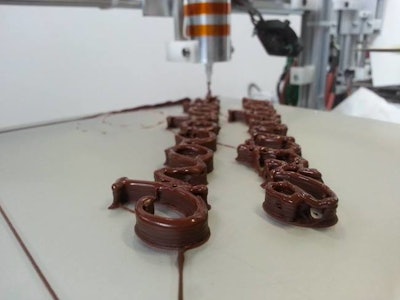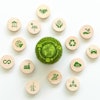
The 3D printing of food is economical, saves waste, helps the environment and is expanding, according to Lydia Mahon, a product designer, writing in 3dprintingindustry.com. Additive manufacturing within the food industry has allowed designers to combine their 3D digital design knowledge with food to produce shapes, textures, tastes and forms that were previously found too challenging to create by hand, all whilst still being edible.
This method of manufacture could also prove to be a healthy alternative that’s good for the environment. Proteins from algae, beet leaves and insects can be converted into edible products. It is also a step forward for food customization, and even NASA is using this technology to look at ways to 3D print food in space.
The global market for 3D printed food is anticipated to be driven by a need for mass customization, as 3D printing saves both time and waste. The actual nutrients themselves can even be customized, so consumers can benefit from tailor-made food for their dietary requirements.
Currently, it is said that all microwave pancakes in the Netherlands are 3D printed, and it’s looking possible that there could be a rise in the popularity of 3D food printing machines, much like microwave ovens rose to power years ago.
However, this method of food creation also has its restraints. Many food ingredients used for 3D printing need to be turned into a paste or melted, which is limiting as there are many foods which cannot be turned into a paste or melted. The process can also be rather slow, and it needs to be cooled before the food can be eaten. 3D printing of food has the potential to trump many current food customization techniques, though the manufacturing cost is quite high.
To read more, click here.

















